Small Front Yard design for privacy and interest
bahia
11 years ago
Related Stories
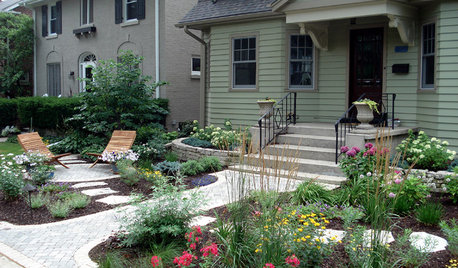
MOST POPULARCreative Ideas for Small Front Yards
A little imagination goes a long way in a petite landscape
Full Story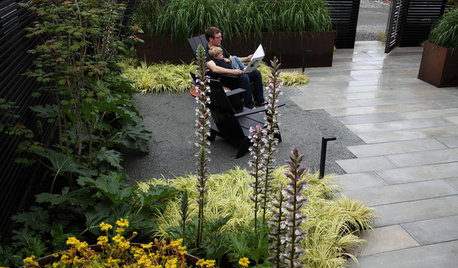
LANDSCAPE DESIGNNodding to the Coast in a Bainbridge Island Entry Garden
Puget Sound inspired this front yard, but modern touches — not coastal clichés — fill it
Full Story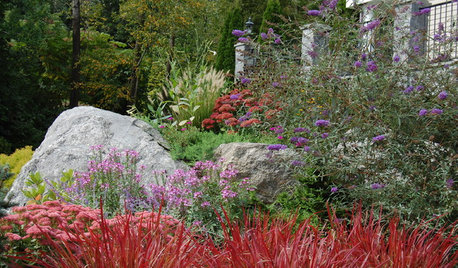
LANDSCAPE DESIGNHow to Design a Great Garden on a Sloped Lot
Get a designer's tips for turning a hillside yard into the beautiful garden you’ve been dreaming of
Full Story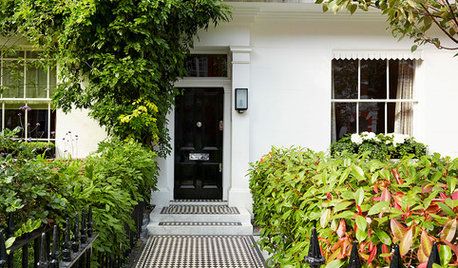
ENTRYWAYSHaving a Design Moment: The Front Entry
Here are 10 ways to show off your personal style and help your home make a positive first impression
Full Story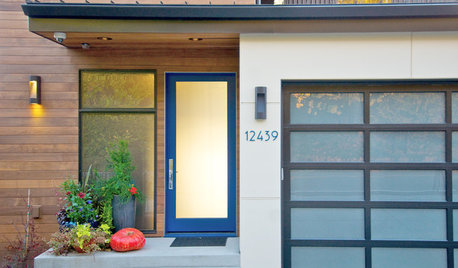
ENTRYWAYSGlass Doors That Welcome — and Protect Your Privacy Too
These front-door designs let in the light but keep your air-guitar performances safely in-house
Full Story
GARDENING AND LANDSCAPINGGrow a Lush Privacy Screen
No need to wait forever for patio privacy the green way. These 10 ideas will get your screening up and running in no time
Full Story
LANDSCAPE DESIGNThe 7 Best Plant Types for Creating Privacy and How to Use Them
Follow these tips for using different kinds of plants as living privacy screens
Full Story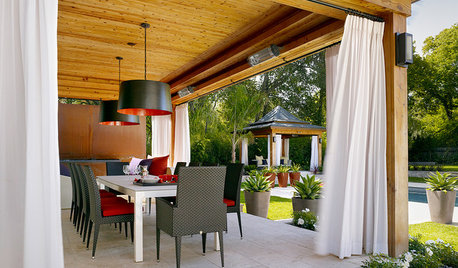
PATIOSGet Backyard Privacy the Subtler, Stylish Way
Why settle for a hulking brick wall when plants, screens and other refined backyard dividers do the job with panache?
Full Story
EXTERIORSWhere Front Yards Collide: Property Lines in Pictures
Some could be twins; others channel the Odd Couple. You may never look at property boundaries the same way again
Full Story
GARDENING GUIDESGrow Your Own Privacy: How to Screen With Plants and Trees
Use living walls to lower your home and garden's exposure while boosting natural beauty in your landscape
Full StoryMore Discussions







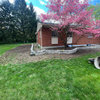
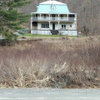

deviant-deziner
inkognito
Related Professionals
Severn Landscape Architects & Landscape Designers · Woburn Landscape Contractors · Surprise Landscape Contractors · Alpharetta Landscape Contractors · Brandon Landscape Contractors · Deerfield Landscape Contractors · Edinburg Landscape Contractors · Gresham Landscape Contractors · West Allis Landscape Contractors · Liberty Decks, Patios & Outdoor Enclosures · Miami Decks, Patios & Outdoor Enclosures · Reading Decks, Patios & Outdoor Enclosures · San Jose Decks, Patios & Outdoor Enclosures · Sun Lakes Decks, Patios & Outdoor Enclosures · Glenn Heights Swimming Pool BuildersbahiaOriginal Author
inkognito
reyesuela
karinl
catkim
melle_sacto is hot and dry in CA Zone 9/
bahiaOriginal Author
jakkom
drtygrl
manifest
bahiaOriginal Author